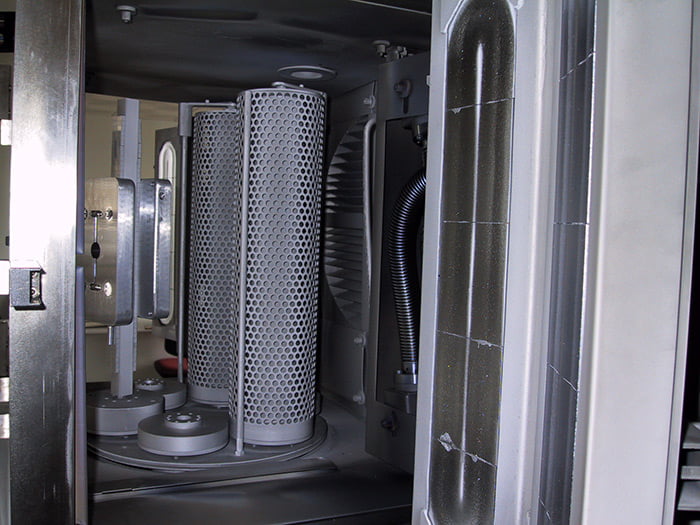- +351 239 980 430
- info@duritcoatings.pt
- Mon-Fri: 9:00 - 18:00
- Follow Us
PACVD - Plasma Assisted Chemical Vapour Deposition
CVD can be defined as forming a solid thin film atomic or molecular deposition on a heated surface, with the solid originating from a chemical reaction where the precursors are in the vapour phase. Deposited species are atoms or molecules or combination thereof.
PACVD process occurs at lower temperatures than the conventional process of CVD, because the plasma and thermal energy is used to initiate the reaction.
CVD process is distinguished from the PVD process that all the materials which cause the film are in the gas phase, while in the PVD at least one of them is solid phase (usually a metal).


Advantages
• Longer component longevity;
• Cost reduction;
• Reduction of downtime/maintenance;
• Increase in global productivity;
• Better quality of the final product.
PVD - Physical Vapour Deposition
Thin Coatings
It is a vacuum deposition technology. The technique we use is non-balanced magnetron.
Allows depositing thin films by the condensation of a vaporized form of the material on different types of surfaces.
The coating method involves purely physical processes such as evaporation, sputtering plasma (making the deposition process is an atomic scale), and involves a chemical reaction at the surface to be coated.


contacts
- Parque Industrial de Taveiro Lote 41 e 42 3045 - 504 Taveiro - Coimbra | Portugal
- Calls to Portuguese landline Network : (+351) 239 980 430
- info@duritcoatings.pt
